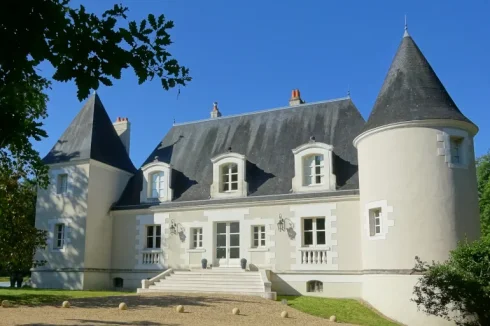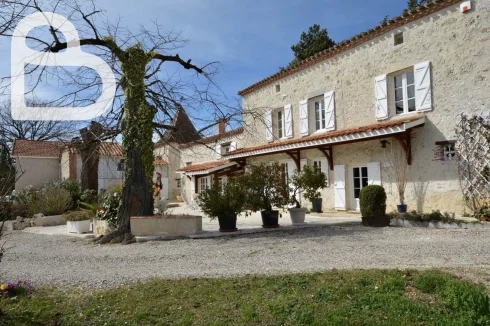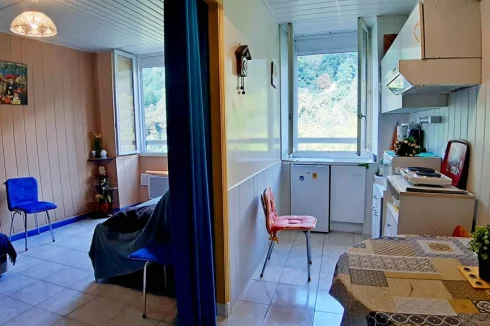Ski Schools in France Off Piste
Tuesday 16 February 2010
The two major ski schools in France have resurrected a long standing dispute about the control of skiing lessons on the slopes.
At stake is a ski school market worth €180 million a year.
It is a market that is effectively shared between two major players - École du ski français (ESF) and École de ski internationale (ESI).
ESF is the dominant operator, with around 16,000 ski instructors, while ESI only has around 10% of their bigger adversary.
Ski instructors from ESF are easily distinguishable on the slopes by their red, white and blue tunics. Coupled with the ESF ‘tricolore’ badge, casual observers can be forgiven for thinking they are an official public body.
This is precisely the complaint of ESI, who consider that the branding used by the company is confusing to the consumer, and leads to unfair competition between the two schools.
ESF, like ESI, is a completely private company, made up of an affiliation of independent self-employed ski-instructors who operate under the banner of the company.
In return for affiliation to the company, each ski instructor pays back to them a percentage of their earnings.
However, unlike ESF, the ski instructors operating through ESI do not use a single brand.
Thus, the ‘Ecorider Ski School' at Chamonix, ‘Free School Attitude’ at Val Thorens, ‘Snow Fun’ Val d'Isère and 'European Ski School' at Les Deux Alpes are all affiliated to ESI, but do not operate under the same colours or trading name.
ESI also have a more serious complaint against ESF, which is that they are granted favourable treatment by the ski resort operators and the local councils (sometimes one and the same).
‘Public authorities and school stations do what they can to prevent other structures developing’ argues Phillip Camus, president of ESI.
‘Ski instructors from ESF are very active in local councils'. How is it then possible to imagine that the treatment between us can be fair?’ he questions.
By way of evidence he states that if you visit some of the resorts you can often find an office of the ESF located in a prominent position next to the ski lifts, while those of ESI may be relegated to an a inferior position.
The same inequality of treatment may also appear in tourist brochures, with ESF prominently displayed, while ESI receives only a secondary placement.
ESI also argue that the stations make available to ESF dedicated ski runs for their use, large well sign-posted assembly points and children’s play areas. ‘We always have to ask, or go to court, in order to get some modest improvements’, says Phillip Camus.
By way of example he cites an case from 1991, when ESI had to go to court to obtain an order that all ski schools (not just ESI and ESF) could obtain free priority access to the lifts.
Of course, what is not clear is just whether ESF have simply been prepared to pay more for their position, something no doubt the court in Grenoble that is to hear the complaint from ESI will need to determine.
Thank you for showing an interest in our News section.
Our News section is no longer being published although our catalogue of articles remains in place.
If you found our News useful, please have a look at France Insider, our subscription based News service with in-depth analysis, or our authoritative Guides to France.
If you require advice and assistance with the purchase of French property and moving to France, then take a look at the France Insider Property Clinic.





